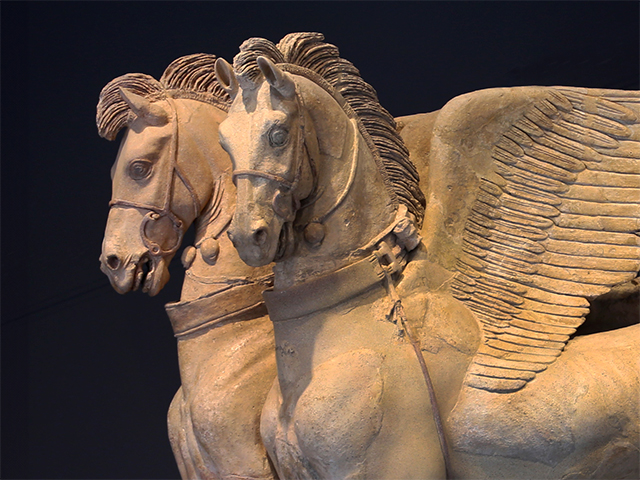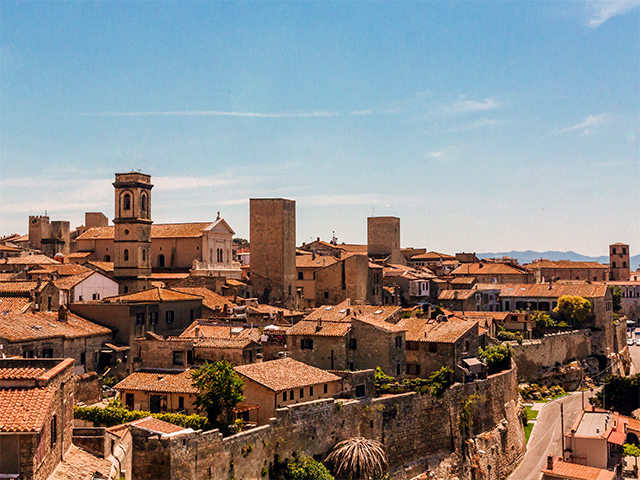In Tarquinia on the track of the Etruscans
The Archeological Museum, the Necropolis of Monterozzi and the ancient Civita Etrusca: a journey into the rediscovery of a misterious civilization.LENGTH
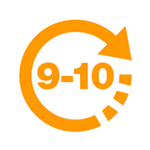
9-10 hours
Difficulty

Medium
Budget

Medium
Route stops
- National Etruscan Museum of Tarquinia
Etruscan Museum of Tarquinia: opening hours, tickets and information about Italy's most important Etruscan art museum.
- Tarquinia and the Etruscan Necropolis of Monterozzi
Visit the Etruscan Necropolis of Tarquinia: how to get there, what to see, prices, opening hours and useful information.
- The Ancient Etruscan Civita of Tarquinia
The remains of the ancient Etruscan temple of Altar of the Queen: the archaeological site where the Winged Horses of Tarquinia were found.
Etruscan Museum of Tarquinia: opening hours, tickets and information about Italy's most important Etruscan art museum.
Visit the Etruscan Necropolis of Tarquinia: how to get there, what to see, prices, opening hours and useful information.
The remains of the ancient Etruscan temple of Altar of the Queen: the archaeological site where the Winged Horses of Tarquinia were found.
With this itinerary you will discover the fascinating Etruscan civilization! The Etruscans left a huge artistic and cultural heritage that still today shows how important their role among Mediterranean people was.
Tarquinia, all along emblem of the Etruscan Civilization, will be as well arrival and departure point for our trip.
TARQUINIA: A LITTLE BIT OF HISTORY
The origins of Tarquinia date back to the Civita, one of the oldest and most important towns of the Etruscan civilization that, around 311-308 BC, became part of the Roman Empire. Along with the downfall of the latest and the beginning of barbarian invasions, the inhabitants of the Civita moved to the hill, creating the village from which, between the tenth and ninth centuries, Corneto was born.
The Medieval city, after being property of the Countess Matilde di Canossa, became a free village over the twelfth century, obtaining in 1345, the title of City by Pope Eugenio IV. In the fifteenth century, Corneto was, as Papal States, retreat for many Popes, for example Alexander VI, Leon X and Paul II Farnese. After the Congress of Vienna and the various facts related to the French REvolution, Corneto became part again of the Papal States, until 1870. The city took on the neme of Tarquinia in 1922.
THE ITINERARY
1. Your itinerary into the discovery of Etruscan Tarquinia, can only start with a visit to the Archeological National Museum, located inright in the historic center, in the splendid Palazzo Vitelleschi. The museum, ranked among the most important in Italy, hosts Etruscan finds dating back to the centuries between the Villanovian and the Roman periods. For the different connections on how to get to the museum, read the box at the bottom of the special article!
Take at least 2 hours for the visit; the museum is, in fact, very wide and time will fly fast. On the third floor, don't miss the frescoes brought from the tombs of the Triclinium, the Ship, the Olympics and the Chariots and obviously the splendid Winged Horses, from the temple of the Altar of the Queen.
A tip: if you mean to visit the Necropolis as well, you can by a combined ticket Museum + Necropolis with a discount, at only €8.
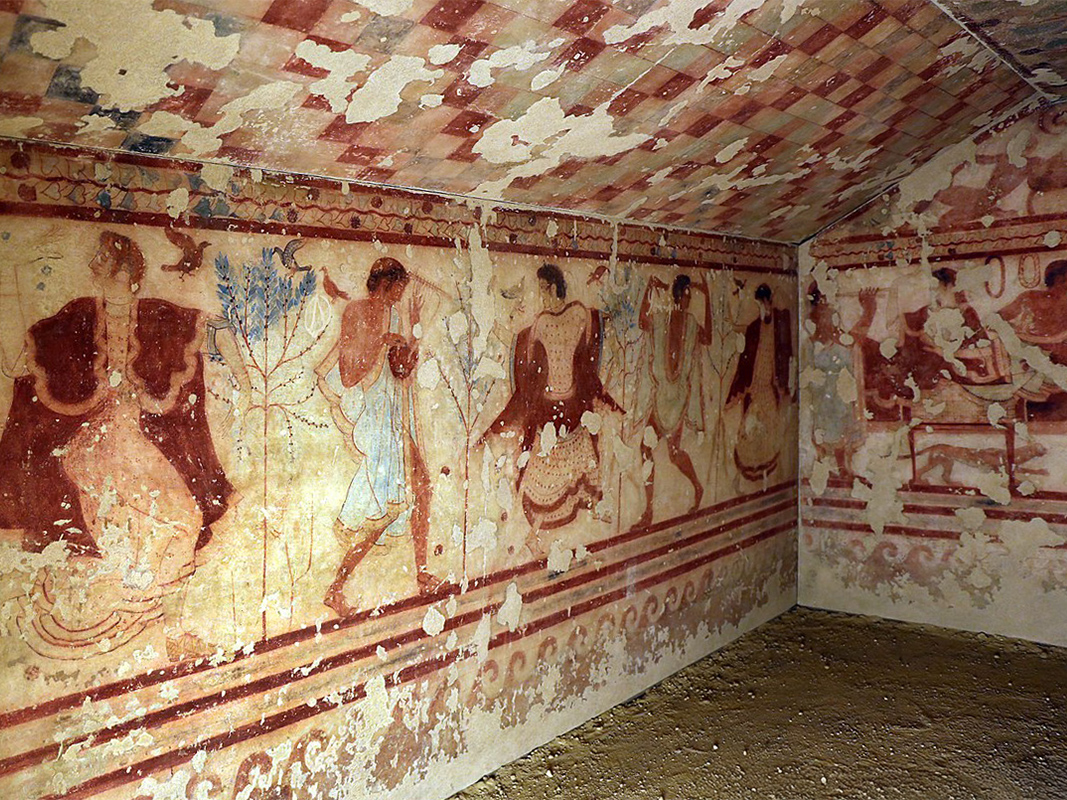
Fresco of the Tomb of the Triclinium - Photo by Sailko CC BY 3.0
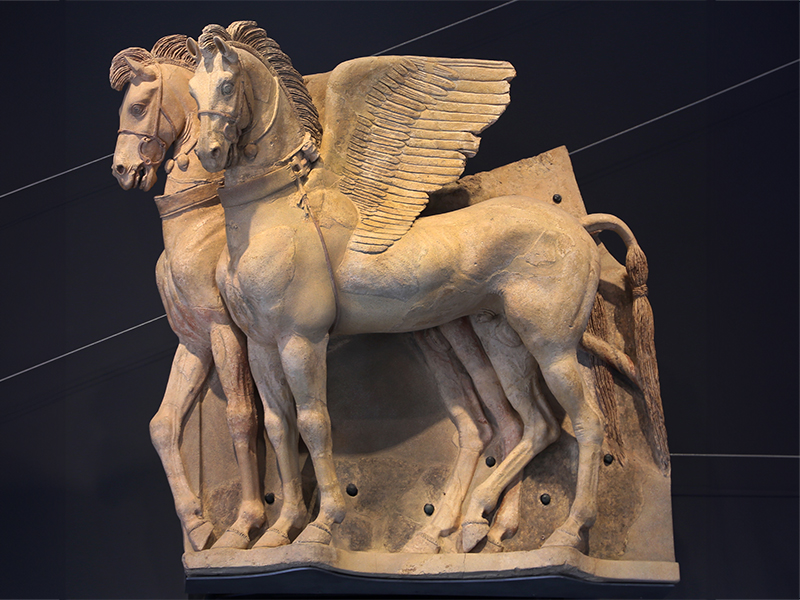
The Winged Horses of the Altar of the Queen
2. Among the Etruscan necropolis spread across the area of Tarquinia, the most important is beyond doubt the Necropolis of Monterozzi, which hosts a specially high number of chamber tombs with pictorial decorations. If you haven't come by car, once outside the museum, you can take a free shuttle bus to the Necropolis! Read the in-depth article about the necropolis.
Among the most suggestive tombs, don't miss the Tomb of Wishes, of the Baron, with propitiatory scenes, the Tomb of Cardarelli's and the Tomb of the Lionesses, with dance scenes, the Tomb of Hunting and Fishing, of the Jugglers, of the Leopards, with a representation of music players and the Tombs of the Orch, with Greek divinities and the Tomb of the Bulls, with Achilles ambushing Troilus.
Tomb of Hunting and Fishing - Photo di CC BY 3.0
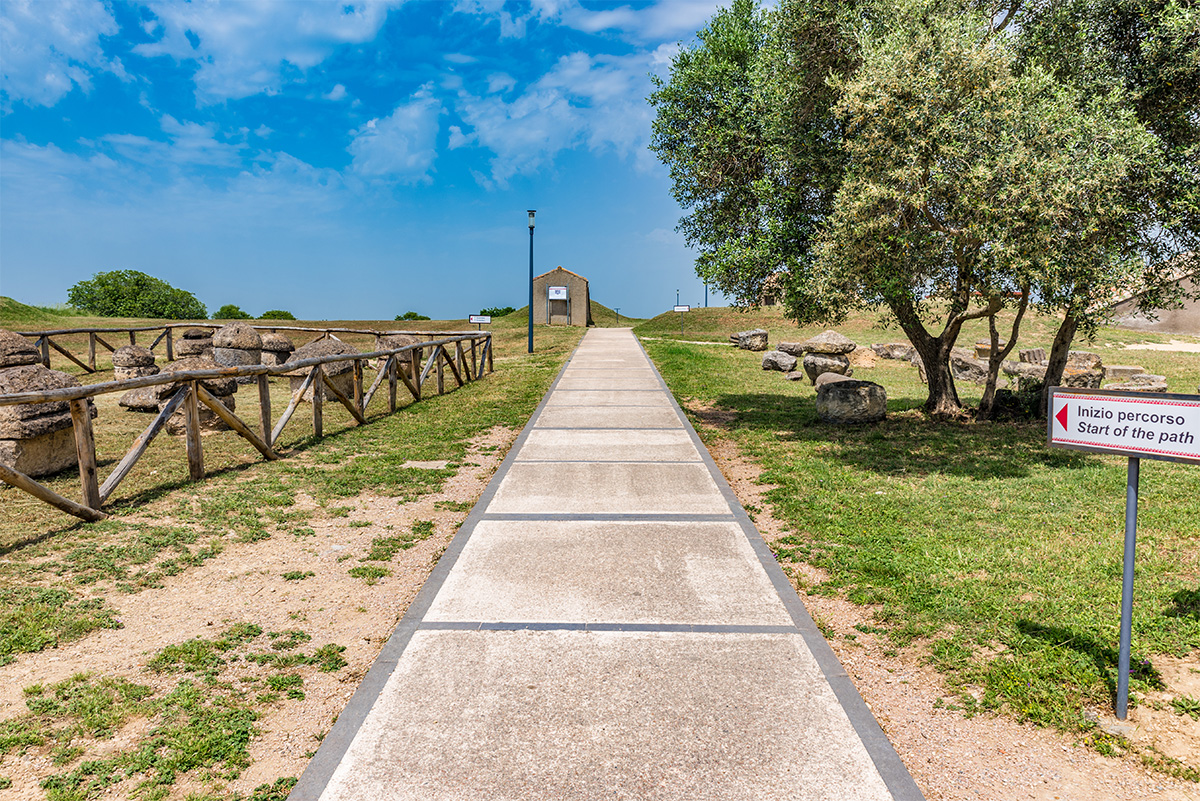
Etruscan Necropolis of Monterozzi
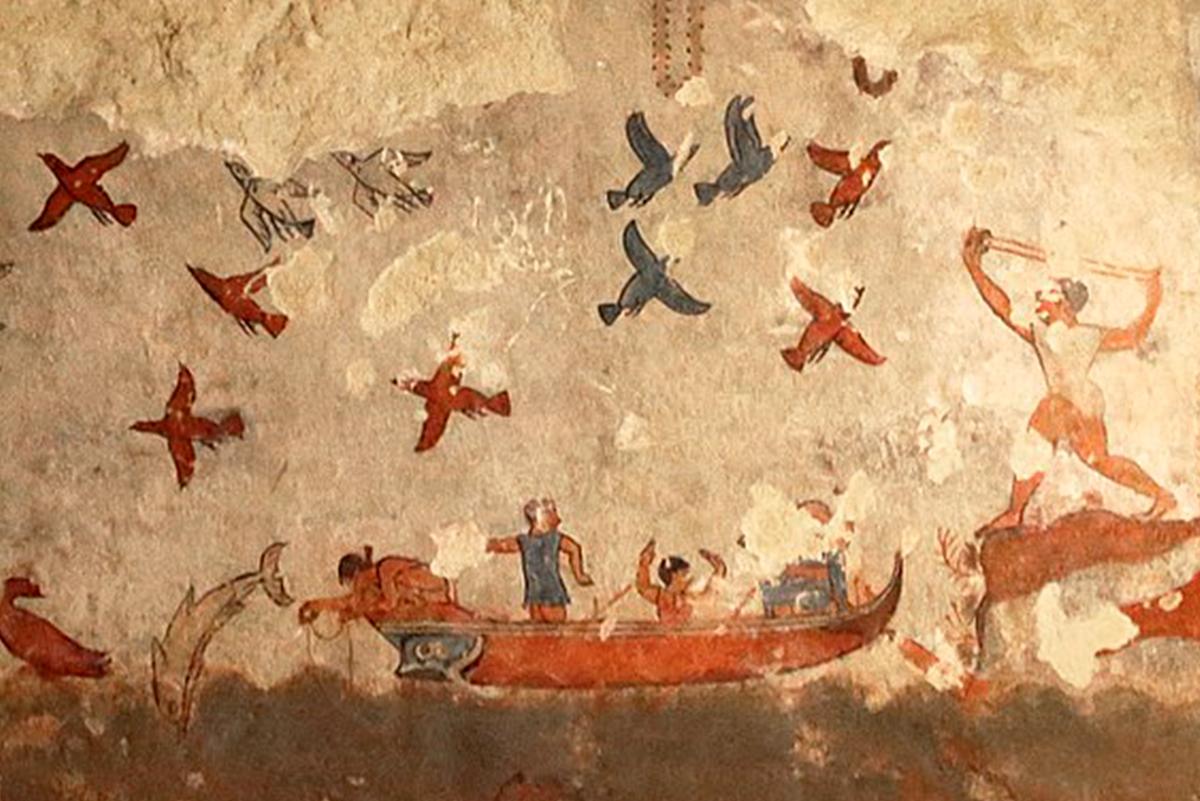
Etruscan Necropolis of Monterozzi - Tomb of Hunting and Fishing
3. The last stop of the itinerary is not currently connected to public transports. To get to the remains of the Civita and the temple of the Altar of the Queen, it is necessary to go by car taking a junction on the left along the Aurelia bis towards Monte Romano. Take as a reference the Roman Aqueduct on your left! Alternatively, we recommend to refer to the Museum of Tarquinia to book a guided visit.
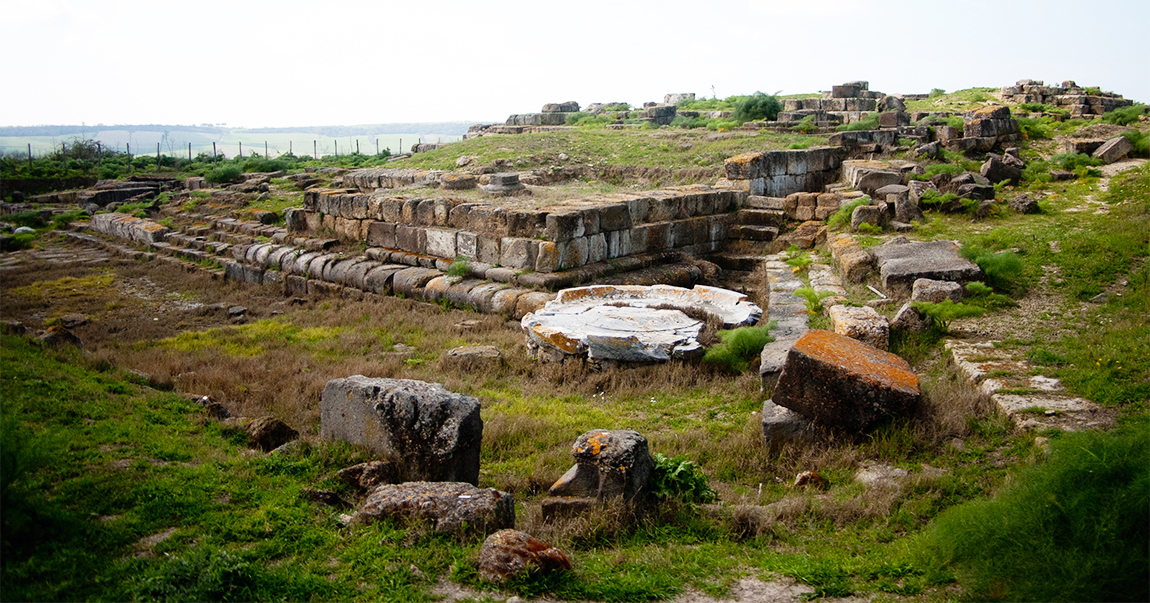
Remains of the ancient temple of the Altar of the Queen - Photo by Robin Iversen Rönnlund, CC BY-SA 3.0
Did you like our itinerary suggestion? Tell us about your experience in the comment box in bottom of the page!



 PORT MOBILITY CIVITAVECCHIA
PORT MOBILITY CIVITAVECCHIA








